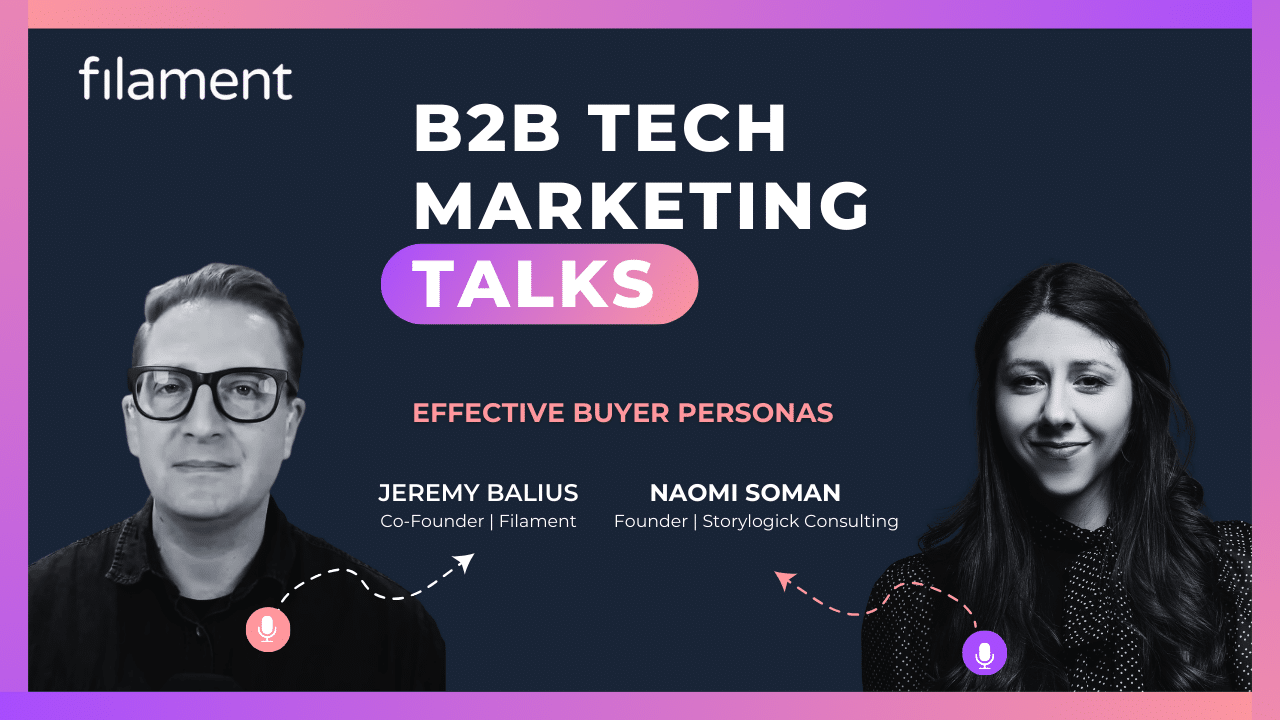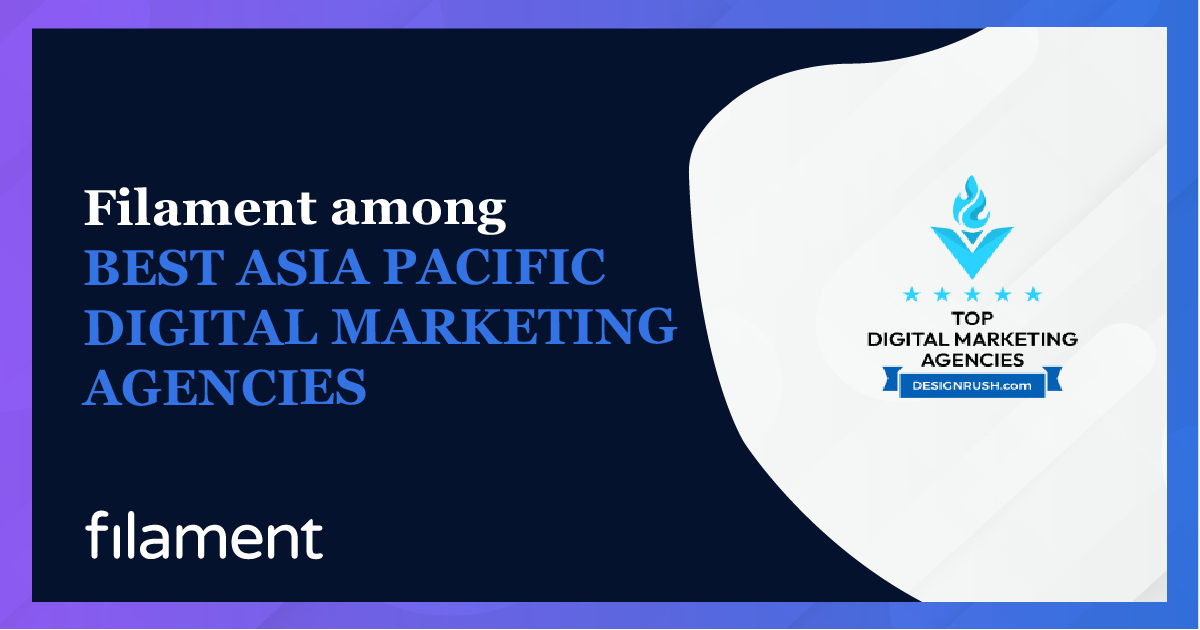Time to Impact: How Long Does Marketing Take to Deliver Results?

Before the global Covid-19 pandemic, the #1 priority for CEOs in 2020 was sustaining growth, according to Gartner research.
Table of Contents
The Most Popular Solutions to Tackling Business Growth Challenges
The research showed that the most popular solutions for tackling growth challenges included:
- To look in other geographic locations for growth opportunities, i.e. new market entries, and
- To go-to-market with new products and revenue-producing services to diversify their offering.
Now that the landscape has fundamentally changed as a result of the pandemic, KPMG research shows a large majority of CEOs have accelerated their digital transformation both externally to customers as well as internally to operations, by multiple years in many cases. In light of this, there was only a slight reduction in confidence among both Australian and global CEOs in terms of the three-year growth outlook for their own company.
Business Leaders Continue Their Focus on Growth
When it comes to sparking that desired growth, it’s important to define the intentions and manage the scope and scale of the initiatives. From value proposition to go-to-market strategy, right through to the final execution, it’s critical to think about each move you make based on the extent of its reach and the time it takes to make a measurable impact for the business.
How Long Will It Take For Each Activity to Make an Impact?
As always, there are many variables involved in this. Different industries, economic cycles, contexts, activities to date, budget allocations, capacity and access to capability all play a role. The types of products and services you sell also affect how quickly you can make waves, as does existing turnover and brand recognition.
Time to Impact is about making sound growth decisions and setting realistic expectations to achieve intended outcomes.
What is Time to Impact?
Time to Impact is the length of time it takes for lead generation and marketing activities to make a measurable impact for a business.
If the role of marketing is to uncover prospects, generate demand and qualify leads for a Sales team to nurture and convert, then the Time to Impact is the length of time it takes for the specific initiative to deliver those qualified leads to the Sales Team.
Some activities deliver immediate results, others take longer.
Think of this measure as a way to evaluate the efficiency and effectiveness of a campaign in terms of actual time units. While measures such amounts of leads, reach, engagement, and ultimately sales define the end results, Time to Impact is about the relationship between effort expended and how long it takes to realise the value.
Time to Impact is not about comparing the effectiveness of specific tactics or messages. It is not intended to replace ROI as a primary indicator of overall campaign success.
Instead, it’s the length of time it takes for these tactics or messages to become effective and deliver results. This measure is important because it helps to define contribution in relation to efficiency and effectiveness.
Why Does Time to Impact Matter?
It’s important to understand the effect of how different lead generation and marketing activities will impact a business. This measure matters because it factors attribution, contribution and investment in the context of a period of time.
According to an ancient Chinese proverb, “The best time to plant a tree is 20 years ago. The next best time is today.”
Using Time to Impact as a reference, marketing investment decisions can be made based on the tactical versus strategic business need. We can determine what activities can make an impact immediately or over coming periods, and plan more efficiently around what initiatives need to start now to make an impact over the medium or long-term.
What is Lead Response Time? Is This the Same Concept?
No, lead response times (LRT) is the average time it takes a Sales Development Representative (SDR) to follow up with a prospect once they are identified as being a sales qualified lead (SQL). According to HubSpot, the quality of a lead negatively changes based on how much time has passed since an inquiry was received. Therefore, longer response times means lower SQL to Opportunity rates.
For our purposes, Time to Impact refers to the time it takes to attract and generate demand up to the point of a qualified lead reaching the Sales Team, either as a result of an inquiry or because they’re ready to be contacted and nurtured by the Sales Team.
Important to note here that weighing up lead generation activities is not a binary one-over-the-other decision. While the Time to Impact differs, each type of impact is different and has differing levels of wider benefits.
Faster lead acquisition activities produce immediate results, but are limited in reach and have a sharp drop off in engagement. Long-term lead acquisition activities take longer to ramp up, but can deliver outsized returns.
Impact Timelines
The time it takes for a marketing campaign to impact the market is liquid and highly variable. In order to maximise your return on investment, it’s important to streamline the message creation and delivery process based on the following timelines:
1) Accelerated time to impact (measured in days to weeks)
If you want to make an impact quickly, a direct approach is required. While long-term branding strategies demand the luxury of time, accelerated market impact demands speed and agility. Outreach tele-sales and appointment setting campaigns can be used to create immediate impact, especially if you have access to an existing customer base. For example, you can call a database directly or initiate a direct response email campaign to a targeted group. An integrated call to action (CTA) is an important component of every fast campaign.
Effective tactics:
- Lead Acceleration
2) Short to medium-term time to impact (measured in weeks to months)
If the intention is to drive broader outcomes, such as taking a new product or service to market, short to medium-term campaigns can be highly effective. A number of standard marketing strategies fall into this category, including content marketing, sequenced email campaigns, and content offer campaigns. Organic marketing often takes time, however, which is why paid marketing strategies are often used to speed up the reach. Pay-per-click (PPC) advertising with Google and Facebook Ads offer a great way to reach out to a targeted buyer persona and drive specific actions. On-page and technical SEO can also be effective to optimise your website for search engines, especially where technical fixes can result in measurable gains in the short to medium term.
Effective tactics:
- Content-led campaigns
- Go-to-Market and New Market Entry campaigns
- Paid Search (Google Ads)
- Social advertising (Facebook Ads, LinkedIn Ads)
- Local & On-page SEO
3) Medium to long-term time to impact (measured at 6-12+ months)
If you want to engage with your market on a long-term basis, it’s important to implement a strategic approach based around SEO. Ongoing organic SEO is an integral part of every medium to long-term strategy because it helps to cement your place in the industry and promote long-term branding and customer loyalty. Evergreen content, which remains relevant over time, is central to this approach. Evergreen content provides value to your customers and remains relevant to your business and industry sector. Inbound content and linking structures are also useful to create authority and context, and blog-style articles can be added to keep your website fresh in the eyes of the search engines.
Effective tactics:
- Content-led campaigns
- Go-to-Market and New Market Entry campaigns
- Paid Search (Google Ads)
- Social advertising (Facebook Ads, LinkedIn Ads)
- Ongoing SEO
4) Long-term time to impact (measured at 2+ years)
Long-term marketing is a marathon and not a sprint, which means you need to think about the end-game. Long-term marketing strategies involve the promotion of your brand in addition to your products and services. While people engage with your business because you have something to offer, repeat business is often based on a sense of belonging and shared purpose. Branding is a promise you make to the market, and long-term campaigns provide consistent messaging and relevant value propositions. Risk mitigation strategies are also important on a long-term basis, including reputation management.
Effective tactics:
- Value Proposition
- Brand marketing
Ready to understand what Time to Impact can mean for your business?
In order to maximise the impact of your marketing, it’s important to create strong messaging and focus on efficient delivery.
Time to Impact is a great way to define and measure the temporal nature of the marketing process. Whether you want accelerated results or sustainable long-term gains, it’s important to think long and hard about the effort you expend and the time it takes to get results.
Get in touch with us to discuss your growth plans and to gain some clarity about the Time to Impact and what it means for your marketing activities.





